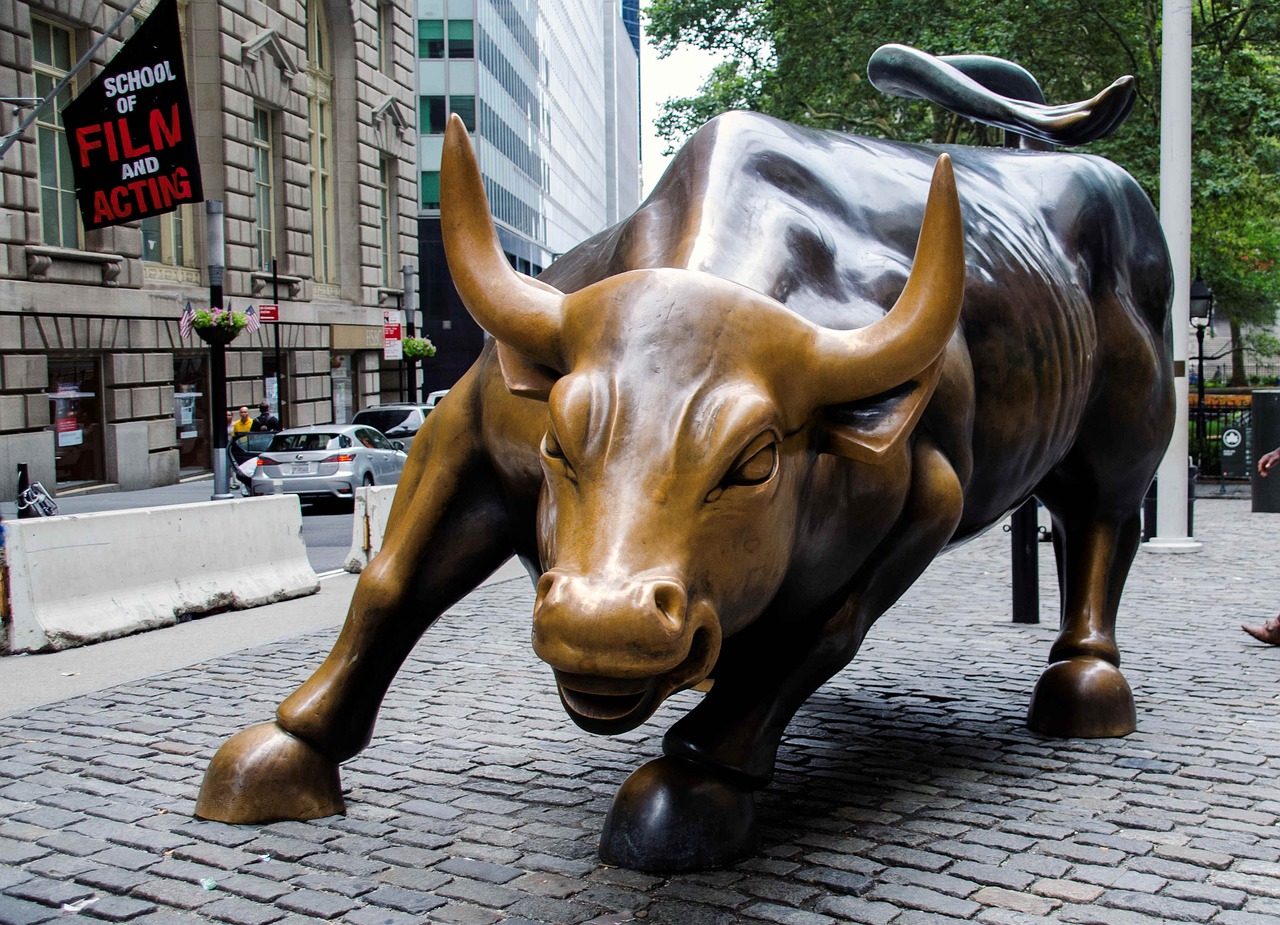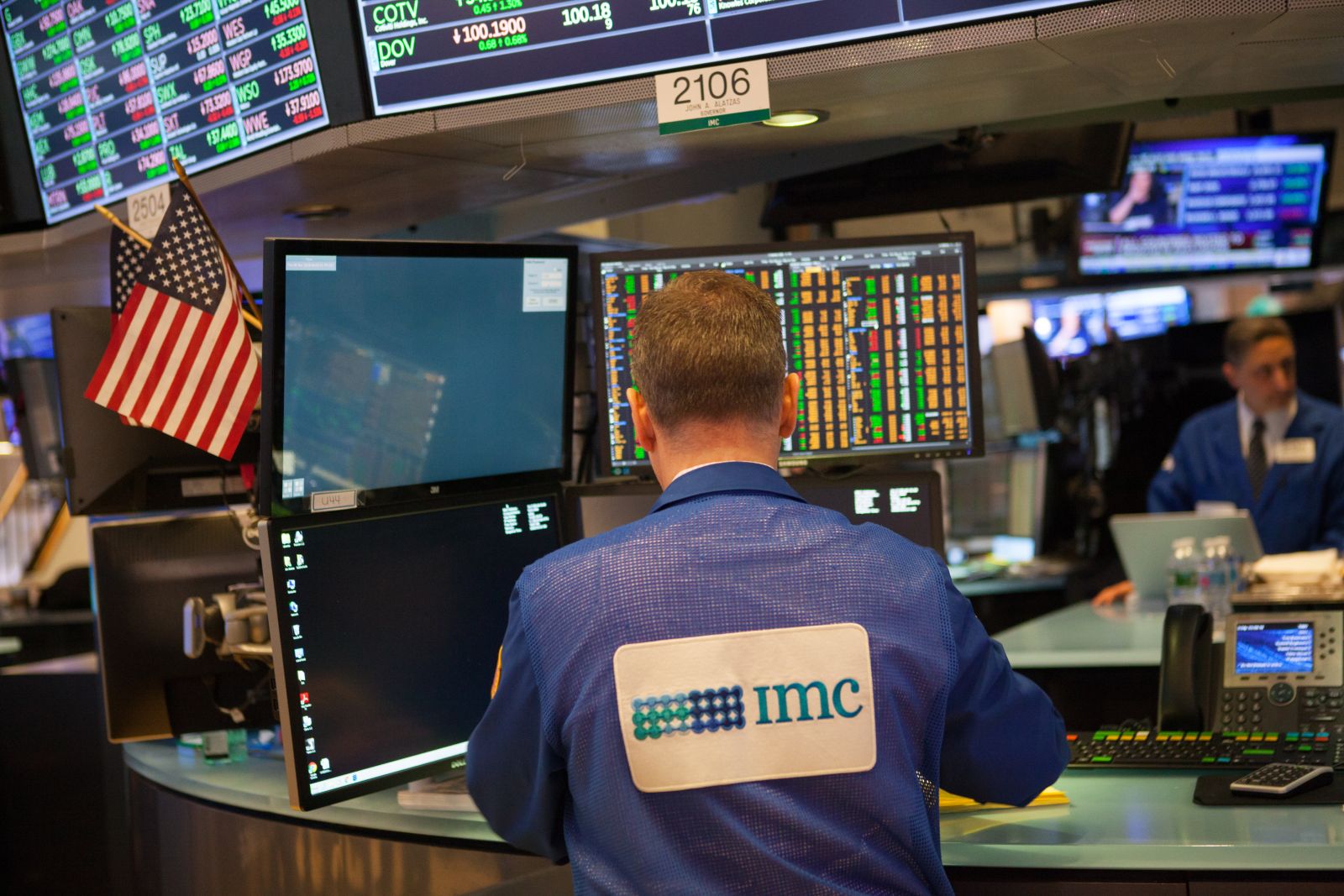Donald Trump began his second term with significant policy pivots that have left markets and corporate leaders grappling with uncertainty. Early Monday, Trump suggested he would hold off on imposing steep tariffs on imports from China, Mexico, and Canada, providing some initial relief to markets. However, by evening, he reversed course, announcing plans to impose a 25% tariff on goods from Mexico and Canada by February 1. This rapid change in direction exemplifies the unpredictability that businesses and investors will likely face during his administration. The fluctuating tariff stance caused the U.S. dollar to experience sharp movements. After an initial dip on Monday, it rebounded on Tuesday as traders digested the potential implications of the new tariff policies. Automakers and multinational corporations like Volkswagen expressed concerns about the potential economic impact, emphasizing their investments in U.S. operations. Meanwhile, financial leaders, including JPMorgan Chase’s (JPM) wealth management CEO Mary Erdoes, described the need for “war rooms” to navigate the evolving policy landscape. Market Overview:
- Trump announces shifting tariff policies, creating market turbulence.
- Global automakers and exporters brace for potential economic fallout.
- Financial markets oscillate with changing policy signals.
- Dollar rallies after an initial dip as traders weigh tariff plans.
- Corporate leaders set up strategies to adapt to policy shifts.
- Fed policy expectations remain steady despite tariff uncertainties.
- Markets expect further volatility as trade policies evolve.
- Investors await clarity on the administration’s broader economic strategy.
- Companies prepare for potential regulatory and trade-related changes.
- Trump’s decision to delay steep tariffs on imports from China, Mexico, and Canada provides temporary relief for markets, allowing businesses to adjust their strategies.
- The U.S. dollar’s rebound after an initial dip reflects resilience in financial markets and investor confidence in the broader economy despite policy uncertainties.
- Corporate leaders’ proactive measures, such as setting up “war rooms,” demonstrate adaptability and preparedness to navigate evolving trade policies.
- Potential tariff revenues could bolster government finances, enabling investments in domestic infrastructure and economic growth initiatives.
- Reduced regulations under Trump’s administration may offset trade-related challenges, creating opportunities for businesses to innovate and expand operations.
- The unpredictability of Trump’s tariff policies creates significant market volatility, making it difficult for businesses and investors to plan effectively.
- A 25% tariff on goods from Mexico and Canada by February 1 could disrupt supply chains, increase costs for automakers and exporters, and strain U.S. trade relationships.
- Global corporations like Volkswagen may reconsider U.S. investments due to heightened economic uncertainty, potentially impacting job creation and economic growth.
- Market turbulence caused by fluctuating policy signals could erode investor confidence, leading to reduced capital flows into U.S. markets.
- Ongoing trade tensions may exacerbate inflationary pressures, complicating the Federal Reserve’s ability to maintain steady monetary policy amid economic uncertainty.
This article contains syndicated content. We have not reviewed, approved, or endorsed the content, and may receive compensation for placement of the content on this site. For more information please view the Barchart Disclosure Policy here.




/Quantum%20Computing/A%20concept%20image%20of%20a%20neon%20pink%20circuit%20board_%20Image%20by%20Gorodenkoff%20via%20Shutterstock_.jpg)

/AI%20(artificial%20intelligence)/Artificial%20Intelligence%20AI%20by%2013_Phunkod%20via%20Shutterstock.jpg)
